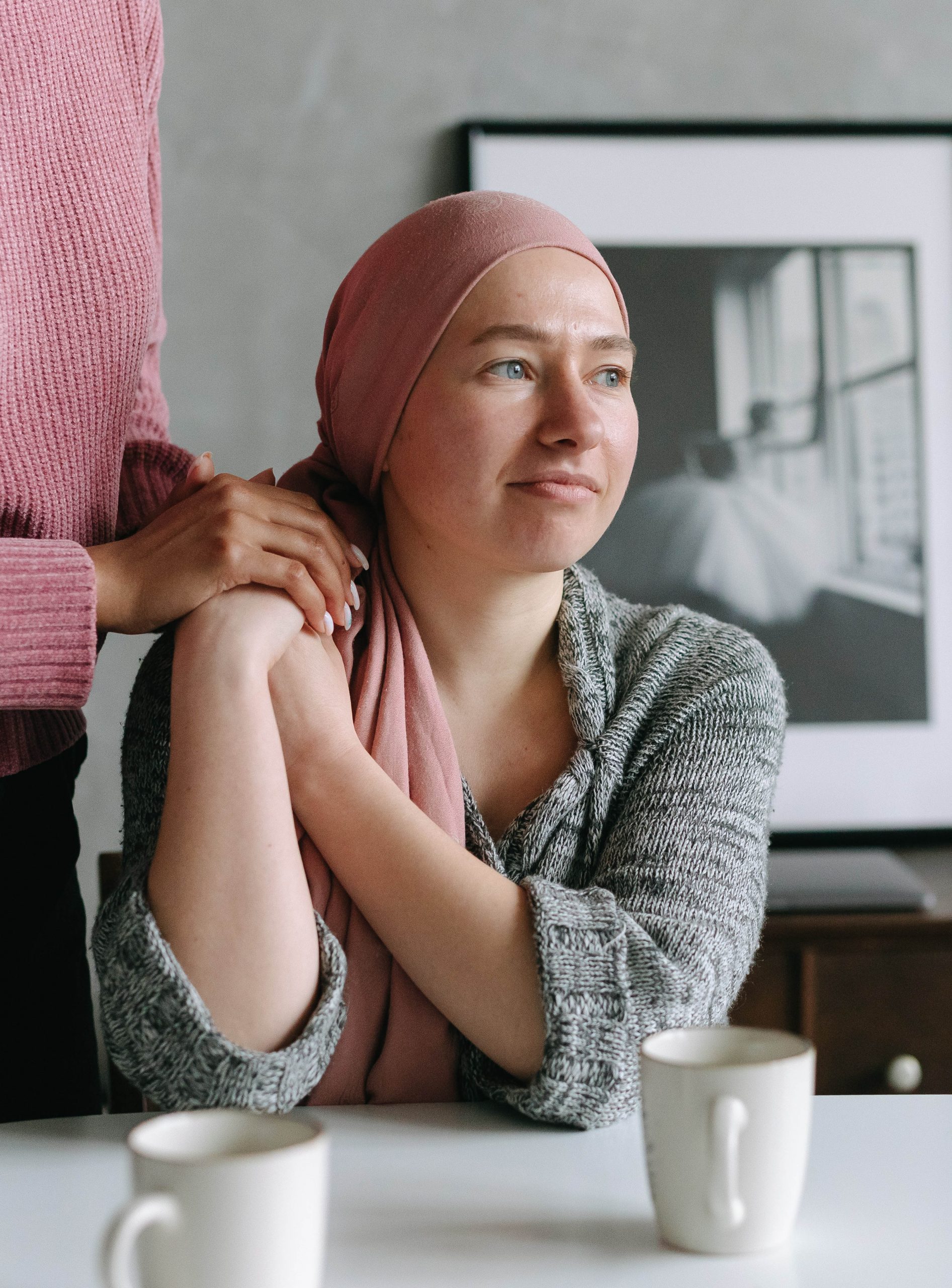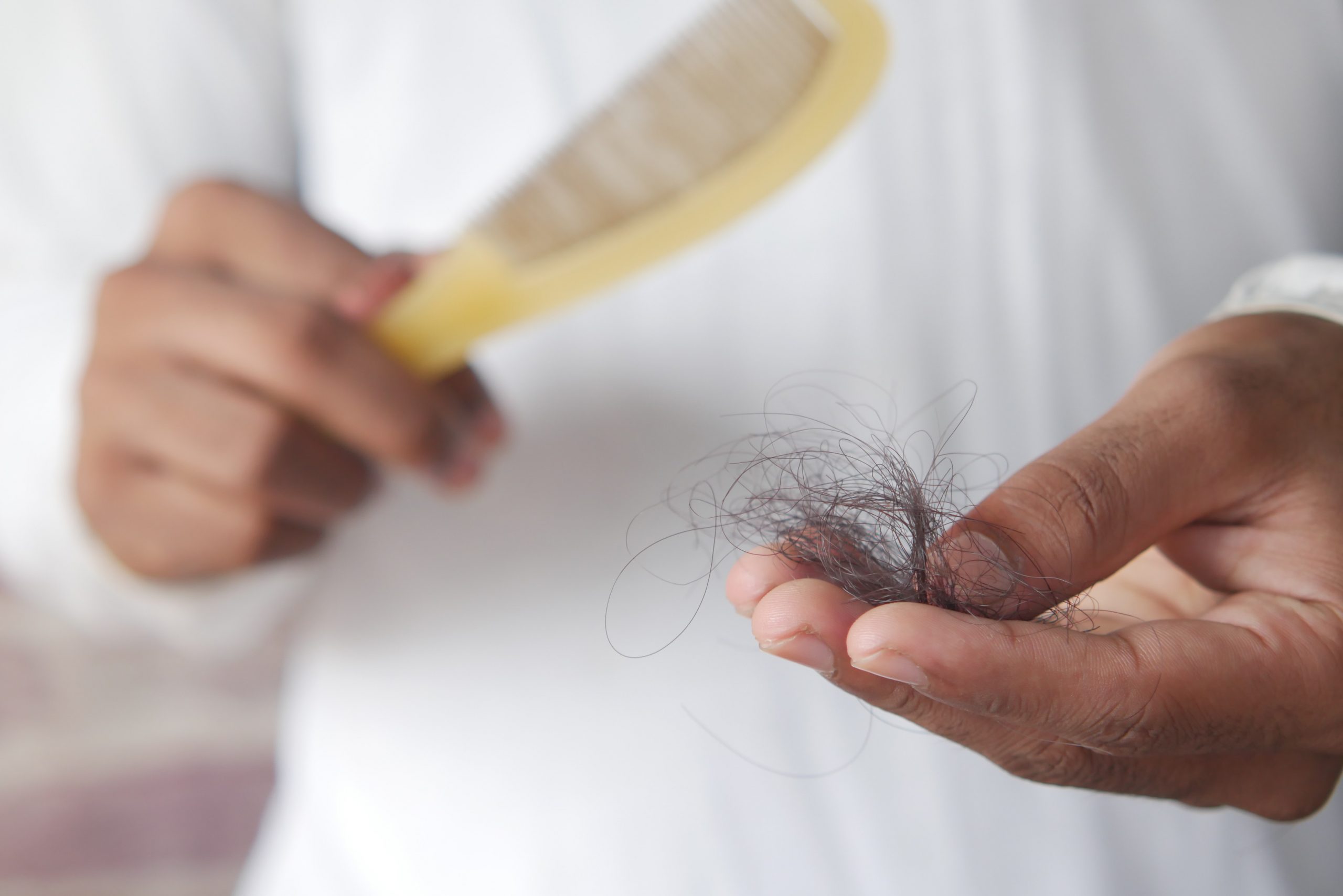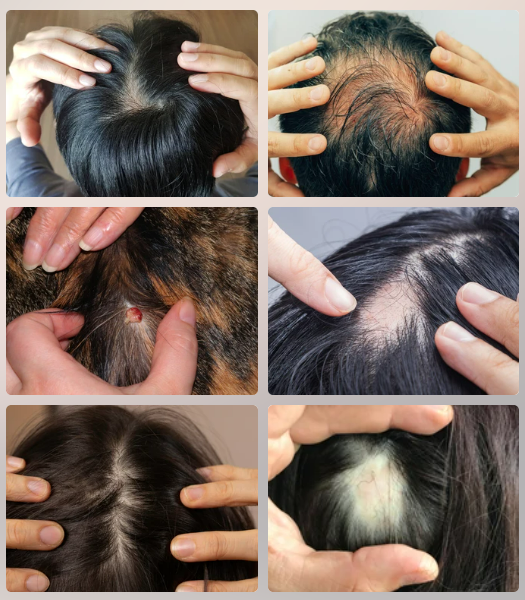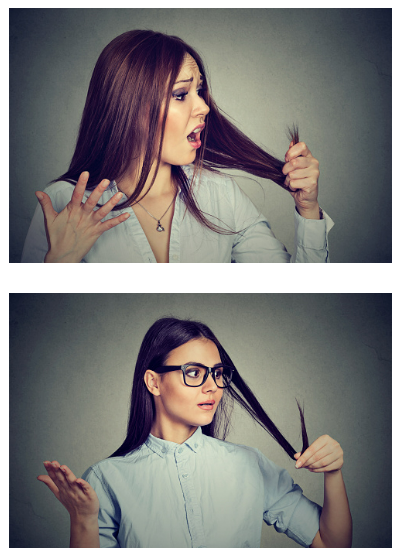Wigs and hair toppers for all types of hair loss

Chemotherapy wigs
For over 40 years, Jessica's Auckland Wig Salon has assisted thousands of women in finding the perfect wig during chemotherapy. We offer hundreds of wig styles and colours, making it easier for you to manage the hair loss associated with chemotherapy so that you can focus on your health and well-being.
Women experiencing hair loss due to chemotherapy or radiotherapy as part of their cancer treatment often choose to wear wigs, alternating with hats and scarves. Many find that wearing a wig provides a sense of normalcy and stability during their treatment. While your hair will eventually grow back, it may not have the same thickness, texture, or colour as before treatment.

Radiotherapy wigs and toppers
Radiotherapy can lead to patchy hair loss, overall thinning, or complete hair loss. It's important to find the right solution for your specific type of hair loss. You may need a topper or a wig, and we are here to help you determine the best option for your situation.
A wig can effectively conceal hair loss, and depending on the style, length, and colour you choose, it can help you achieve a look similar to what you had before treatment or give you an entirely new appearance.
Toppers are designed to cover areas of the scalp where hair loss is noticeable. Our toppers come in various base sizes, styles, and lengths, ensuring a natural and seamless blend with your existing hair.


Alopecia
Alopecia is a general term that encompasses various types of hair loss. It is crucial to obtain the correct diagnosis for your specific type of hair loss, as you may require a wig or a partial covering known as a topper. Hair treatments do not always yield results, and you might have to come to terms with your hair loss, which can be difficult. For many, hair loss can be upsetting and embarrassing, affecting self-image, self-esteem, and mental health. We are here to provide support and offer positive solutions.
Alopecia Areata
Alopecia areata is an autoimmune condition that causes patchy hair loss, resulting in either a single bald patch or more extensive areas of hair loss.
Alopecia Totalis
Alopecia Totalis is a more advanced form of alopecia areata, resulting in the complete loss of all hair on the scalp.
Alopecia Universalis
Alopecia Universalis is the most severe form of alopecia areata, leading to the complete loss of all body hair, including eyelashes and eyebrows.
Pattern Hair Loss (Androgenic Alopecia)
Pattern Hair Loss (PHL) is often mistakenly considered a male-only issue. In reality, it affects about 50% of men over the age of 50 and around 50% of women over the age of 65. PHL can also impact younger men and women, and it can be caused by various genetic and hormonal factors.
Patchy Hair loss
Hair loss that occurs in patches can result from various conditions. The most common cause is alopecia areata, followed by tinea capitis, traction alopecia, and trichotillomania. Less common causes include ringworm, syphilis, and certain types of scarring hair loss.
Hair shedding
Hair shedding can occur for various reasons, including stress, hormonal changes, or even for no clear reason at all. This type of hair loss is known as effluvium, which has two categories: telogen effluvium and anagen effluvium. These terms refer to the specific stages in the hair growth cycle during which shedding takes place.

Trichotillomania
Trichotillomania is a disorder characterised by an irresistible urge to pull out one’s hair, resulting in alopecia or hair loss. It is also known as trichotillosis or hair-pulling disorder.
We have worked with numerous clients who have trichotillomania, always treating them with dignity, empathy, and understanding as we help them find the best solutions to conceal their hair loss.
